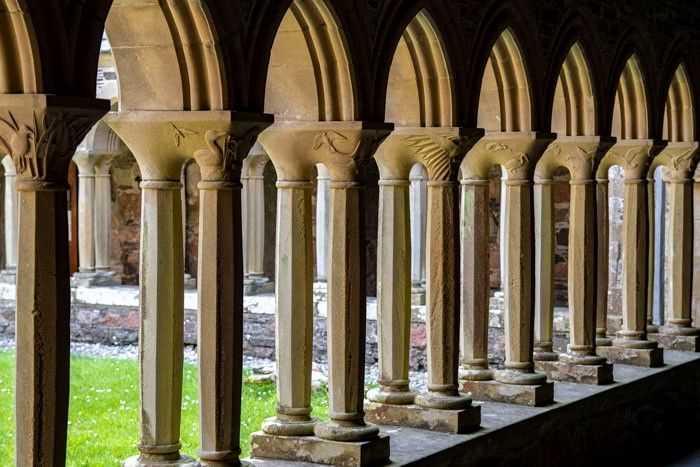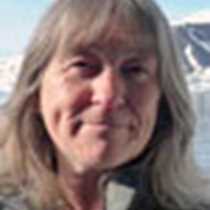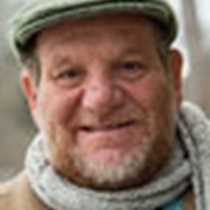Somewhere down below is the wreck of a ship from the Spanish Armada, which took refuge in Tobermory Harbor in 1588, only to be blown up under mysterious circumstances. But we didn’t care as we pulled away from the dock early in the morning to sail along the Sound of Mull to Craignure, with the Ardnamurchan Peninsula of the Scottish mainland on one side, the coastline of Mull on the other.
From Craignure, we drove across the Isle of Mull on single-track roads, winding along deep glens where blackface sheep dozed nonchalantly in the shadow of Ben More. The local ferry transported us over to the beautiful island of Iona where 1,300 years of history waited to be explored. St. Columba came here around the year 563 and founded a monastery that would spread Christianity throughout Scotland and far beyond, and would produce masterpieces of art, from the magnificent stone crosses to the famous Book of Kells. All the early kings of Scotland, including Macbeth and Duncan, were buried in this auspicious place, and medieval pilgrims flocked to the sacred isle because of the reputation of its founding saint.
In 1200 the Lords of the Isles established a major Benedictine abbey on the site of Columba’s monastery, which served as the Christian heart of the Gaelic-speaking Lordship for 350 years, until the Reformation closed all such religious houses. It fell into neglect and ruin for many years, until restoration in the late 19th and early 20th centuries. Today, it houses the ecumenical Iona Community, and daily services are once again conducted in the ancient abbey.
The Macleans of Duart were one of the leading Highland clans of the age, and their ancestral castle stands on a commanding, rocky prominence, overlooking the Sound of Mull. Its huge curtain walls and massive keep are formidable, and the castle is still the home of the present chief, Sir Lachlan Maclean, and his terrier Tilly. There were even a few shaggy Highland cattle drawing admiration as our bus negotiated the unbelievably narrow access road.
On returning to the ship, we repositioned to the town of Oban, and after dinner we were educated and entertained by a presentation on Scottish whisky with local expert Frances Macmillan. We tasted two varieties, representing the extremes of the whisky spectrum—a gentle Dalwhinnie malt and a peaty Lagavulan from Islay. Quite predictably, opinions were divided.









